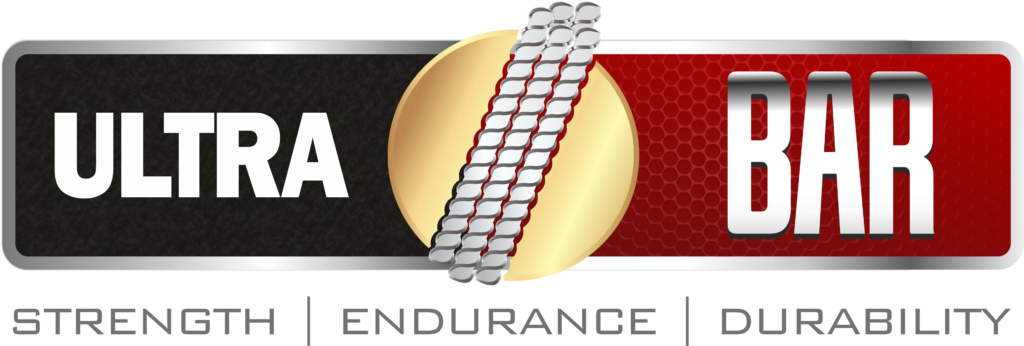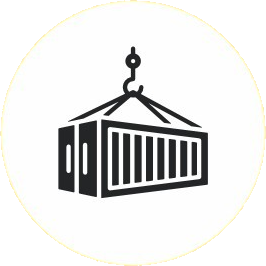What are GFRP Rebars?
Glass Fiber Reinforced Polymer is referred to as GFRP. It belongs to the family of thermosetting plastics and is often referred to as composite material. A contemporary alternative to conventional metal rebars in construction is GFRP rebar. Glass fiber and epoxy resin make up the majority of GFRP rebar. Its exceptional features, which include a spiral wrapped belt that extends above the rod’s core, make it ideal for reinforcing concrete structures, which offer significantly greater endurance.
For more than 50 years, GFRP rebars have been used extensively in nations including the USA, Canada, Japan, Europe, and Australia as a corrosion-prevention solution that has been 100% proven internationally. Because of their many distinct and tested qualities, GFRP Rebars are widely used in the global construction sector and are among the most cost-effective and technologically advanced reinforcement materials.
Because of the climate and exposure to chlorides, steel used for reinforcing may experience significant corrosion problems and deteriorate severely. Governments and building owners globally have now incorporated Composite Rebar (GFRP) into their corrosion protection strategies in response to the estimated $85 billion in ongoing repairs and potentially hazardous failures. With immediate and long-term cost savings, GFRP Rebar reinforcement has responded to the demand by offering a cost-effective, secure, and sustainable solution.
GFRP rebar is intended for applications involving high loads. It is extensively utilized for highways and bridges as well as in extremely corrosive environments like industrial sites, coastal environments, and underwater structures. GFRP Rebar is four times lighter than steel rebar, three times stronger, doesn’t carry electricity, heat, or cold, significantly lowers workplace injuries, requires no maintenance or repairs, and lasts longer than the concrete it supports. It also requires half as much manpower to install.
Facts
In 1975, the former Soviet Union is where GFRP rebars were first used as reinforcement.
The main use of GFRP rebar started in Europe in the 1980s, and it later received a lot of backing in the 1990s from Japan’s maglev, or magnetically levitated train support structures. Therefore, in 1996, guidelines for design for GFRP in reinforced concrete were first introduced by the Japanese.















